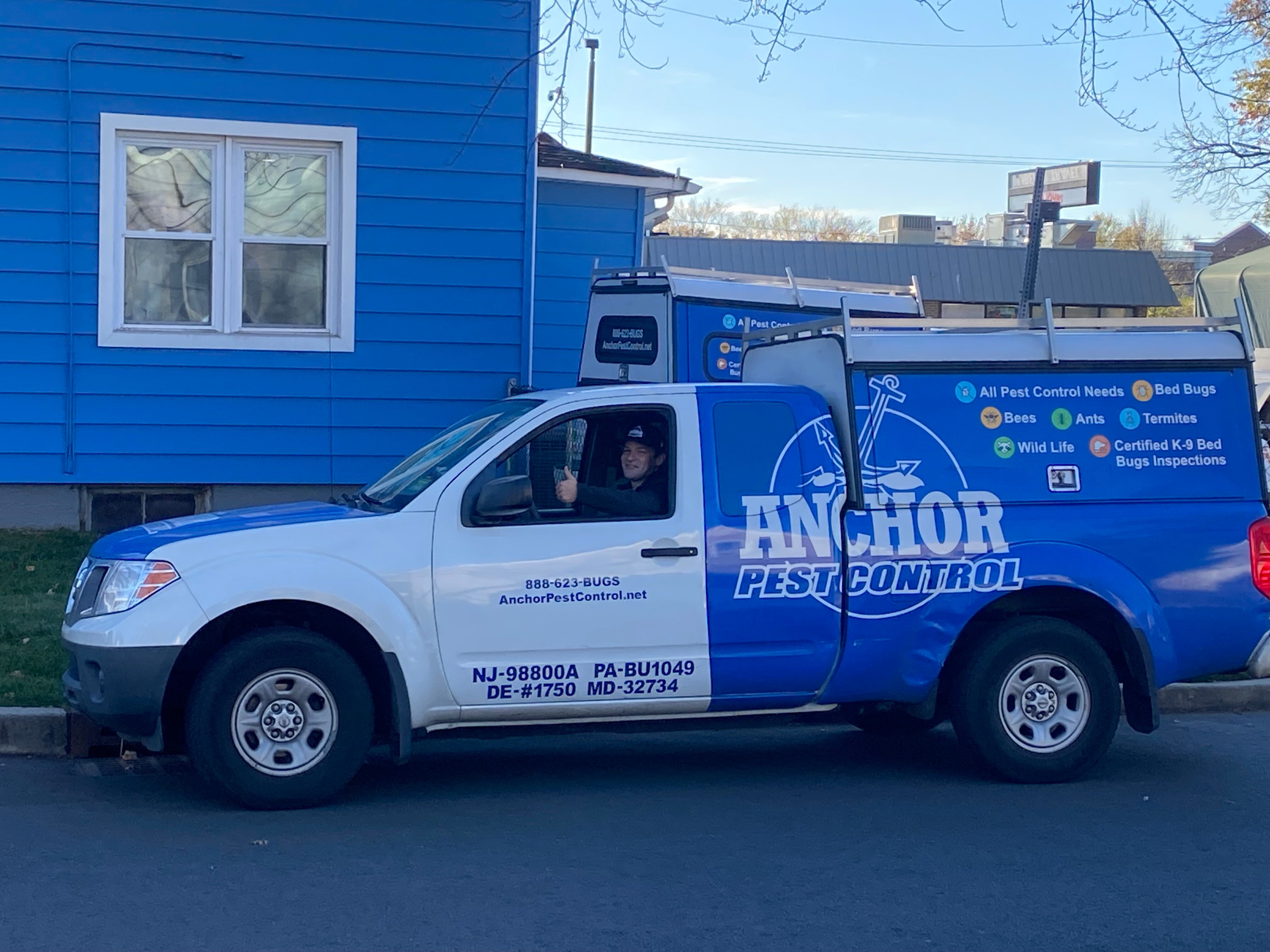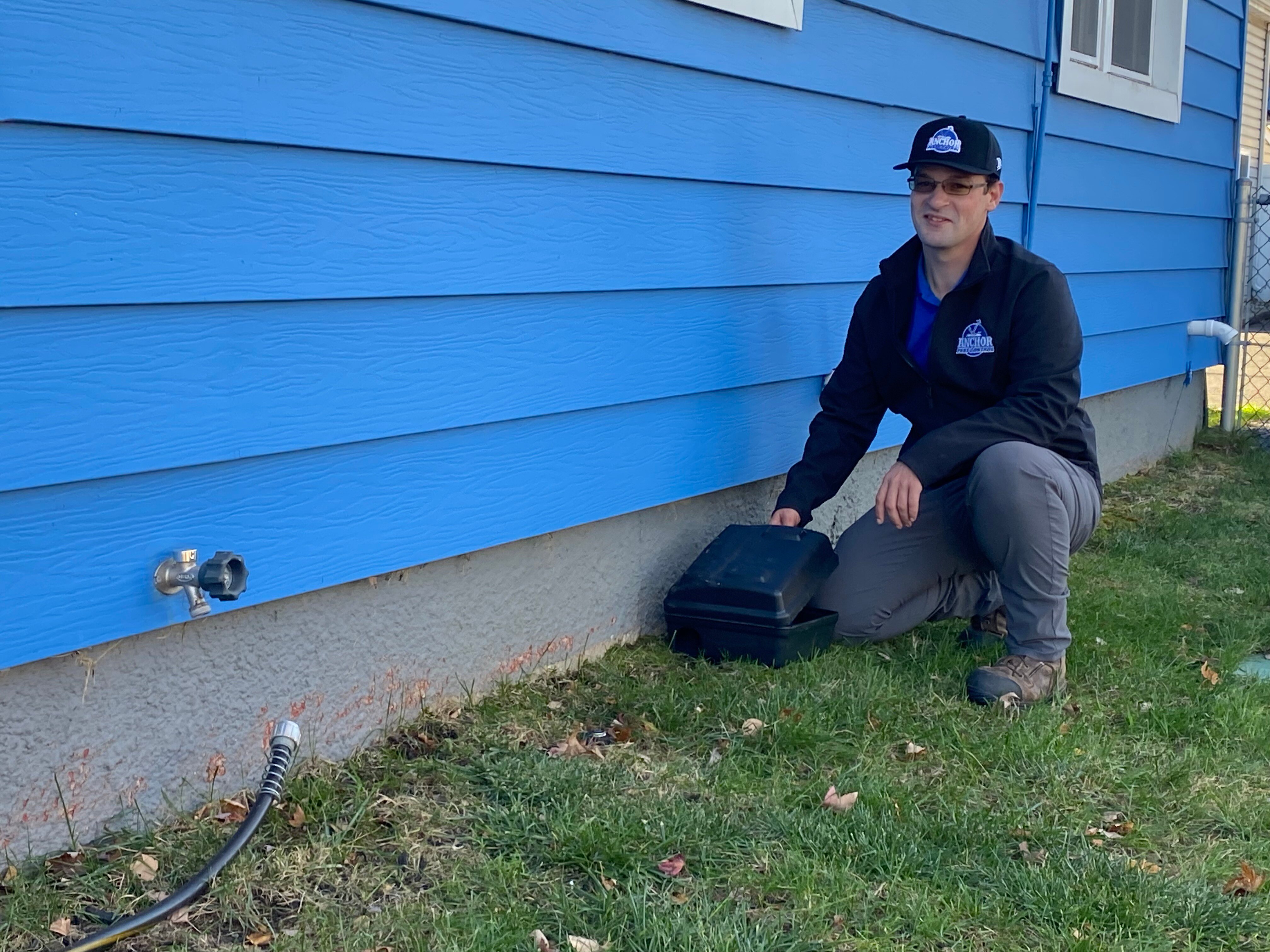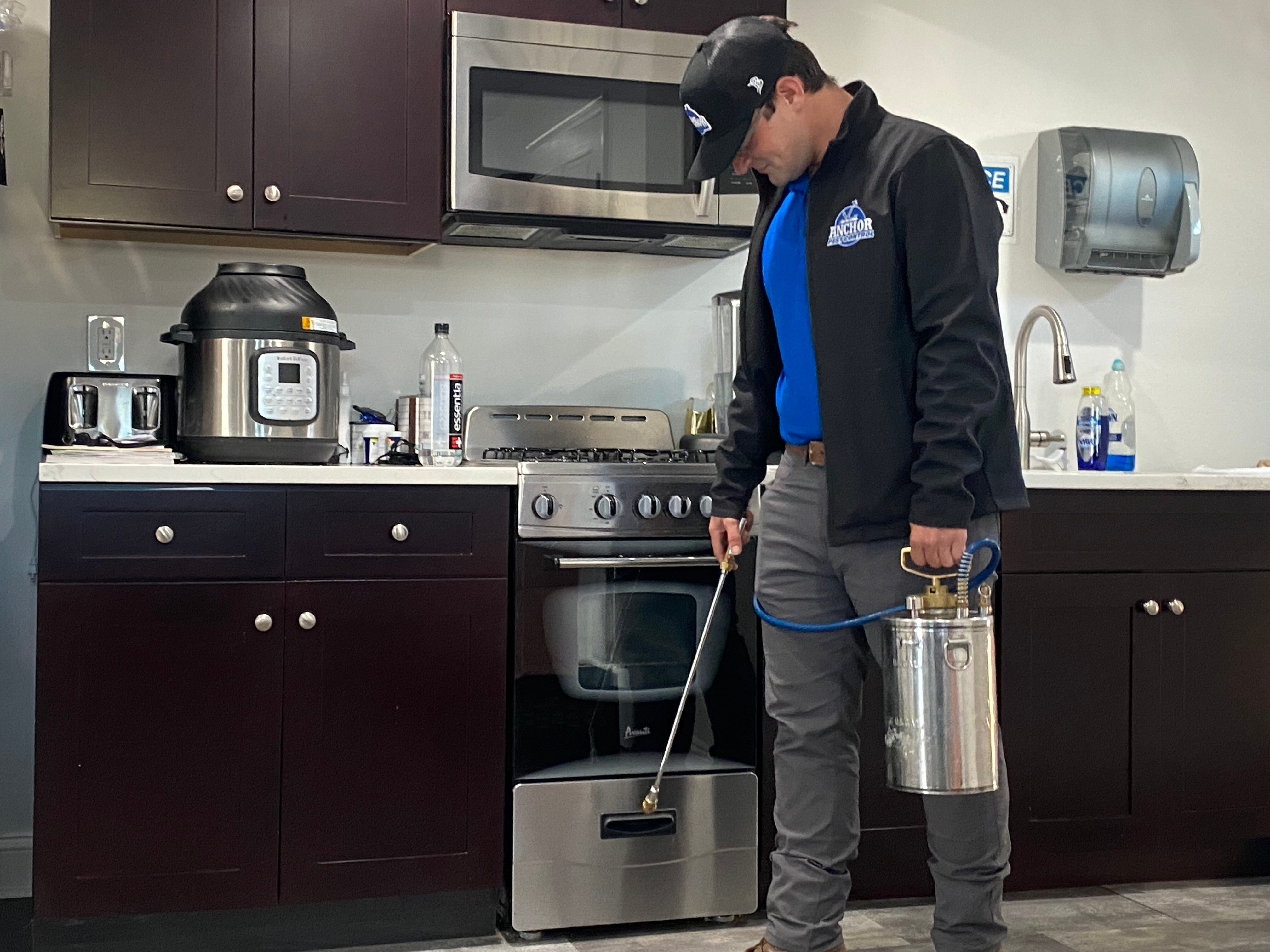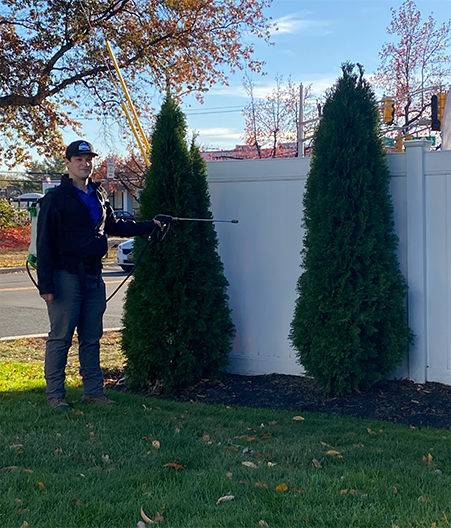New Jersey:
Mercer County, Middlesex County, Monmouth County, Burlington County, Union County, Somerset County, Camden County, Passaic County, Ocean County, Essex County, Morris County, Hudson County, and Bergen County
Pennsylvania:
Chester County, Bucks County, Philadelphia County, Montgomery County

.png?height=2000&name=inspection2%20(1).png)


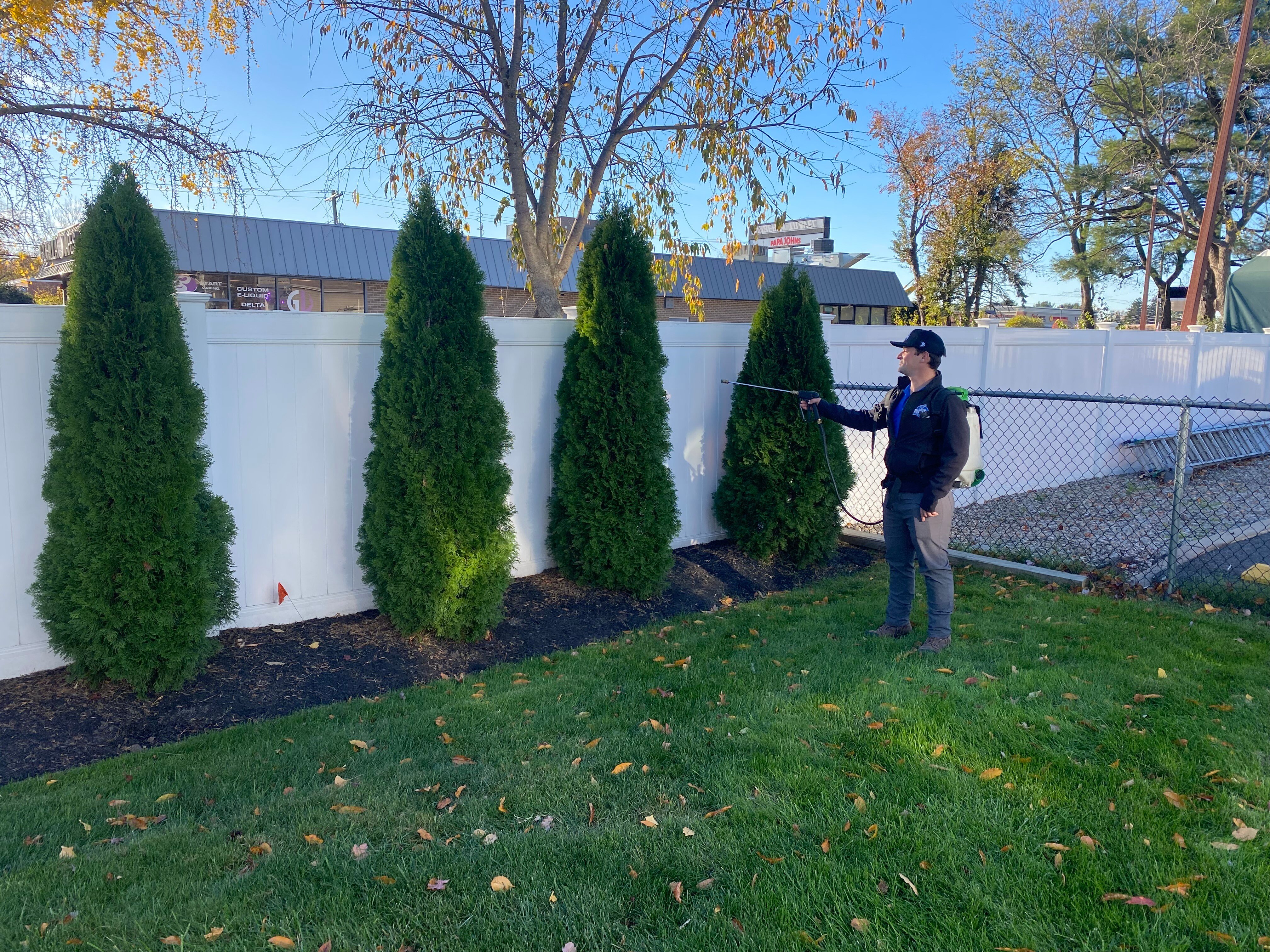

.png)
